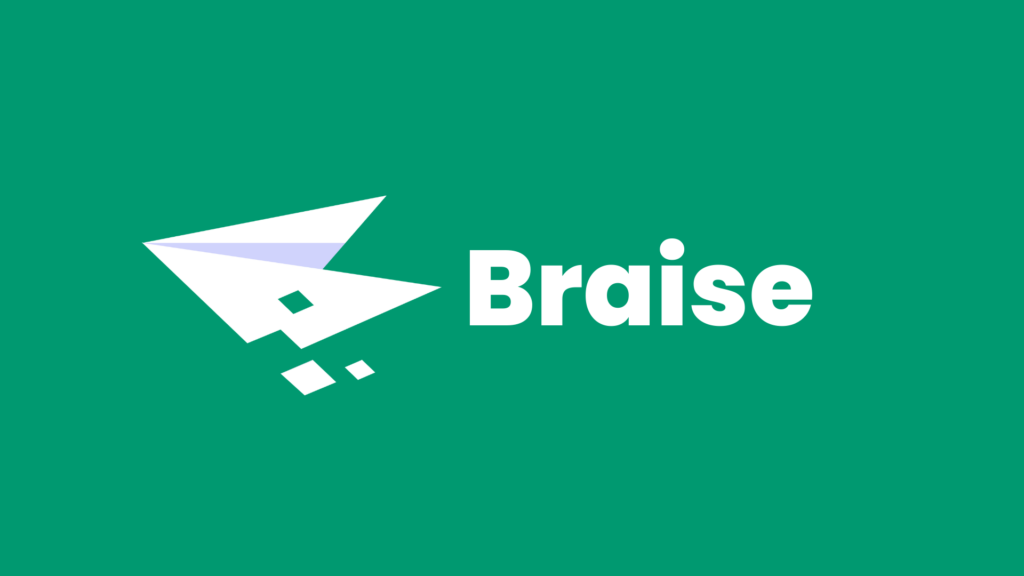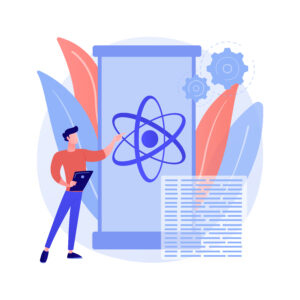In the ever-evolving realm of cutting-edge technology, Google’s cloud solution stands as a powerhouse, offering an extensive array of services and solutions to cater to the diverse needs of businesses and individuals. Furthermore, it continuously evolves to adapt to the shifting demands of the digital landscape. As organizations progressively shift their operations to virtual platforms, it becomes imperative to grasp the capabilities and potential applications of this innovative solution.
What is Google Cloud and Its Purpose?
Google Cloud is Google’s cloud computing platform, serving as a pivotal element of the company’s extensive ecosystem. It encompasses a suite of cloud computing services, such as infrastructure as a service (IaaS), platform as a service (PaaS), and software as a service (SaaS). The primary aim of Google Cloud is to empower businesses and developers by providing the infrastructure, tools, and services needed to build, deploy, and manage applications and data in a flexible and scalable environment.
Google Cloud’s services encompass a wide spectrum, spanning computing, data storage, databases, machine learning, data analytics, and numerous other offerings. Its remarkable versatility empowers users to undertake a multitude of projects, including hosting websites, applications, data analysis, and developing advanced machine-learning models.
Comparing Azure and Google Cloud
In the domain of cloud computing, a common question arises: which emerges as the dominant choice, Azure or Google Cloud? Providing an answer is a nuanced task, as it relies on the precise needs of the project. Both Azure and Google Cloud stand as formidable providers, each possessing distinct advantages.
Azure is well-regarded in enterprise environments and offers a robust suite of services, making it a strong contender for businesses with a significant presence in the Microsoft ecosystem. Conversely, Google’s strength lies in its dominance within the field of data analytics and machine learning. The choice between the two often hinges on evaluating the particular demands of a project, considering factors such as existing technology stack, expertise, and cost implications.
Is Google Cloud Free and Does It Incur Costs?
An appealing feature is its cost-free usage tier, which permits users to delve into and test the platform’s services without any initial financial obligations. This is an ideal choice for individuals seeking to acquaint themselves with the platform’s capabilities.
However, it’s important to bear in mind that the free tier comes with limitations. Usage beyond the free tier’s boundaries may result in charges. It employs a pay-as-you-go pricing model, meaning that users are billed based on the actual utilization of services and resources. It is imperative for users to maintain vigilance over their resource consumption to avert unexpected costs.
The Pricing Structure
Comprehending the pricing structure of Google Cloud is vital for efficient cost management. Furthermore, it implements a transparent pricing model, where users incur charges based on an array of variables. These encompass computing resources, storage, data transfer, and the specific utilization of services.
Here are some key points to consider regarding Google Cloud’s pricing structure:
- Pay-as-You-Go: Users are only charged for the resources they consume, enabling cost flexibility.
- Sustained Use Discounts: it offers discounts to customers who use services consistently over time.
- Committed Use Discounts: Users who commit to a certain level of usage in advance can take advantage of discounted rates.
- Per-Minute Billing: employs per-minute billing, ensuring users only pay for what they use.
- Custom Pricing: For high-volume users, custom pricing options are available to align costs with specific business needs.
- Budget Alerts: It allows users to set budget alerts to monitor and control their expenses effectively.
Conclusion: Google Cloud – A Versatile Solution for Diverse Needs
In the ever-changing realm of cloud technology, Google’s platform has established itself as a versatile and all-encompassingsolution. With its wide service range, clear pricing, and robust data analytics and machine learning support, it satisfies diverse project requirements. Choosing between Azure and Google Cloud depends on specific needs, but Google’s strengths make it a top contender in cloud computing.
In conclusion, harnessing the power of Google Cloud can unlock new opportunities and efficiencies for businesses, developers, and individuals. Users, with a grasp of offerings and pricing, adeptly navigate the cloud, optimizing Google Cloud’s utility. In the ever-evolving digital landscape, Google Cloud leads innovation, poised to empower the next-gen cloud solutions.








